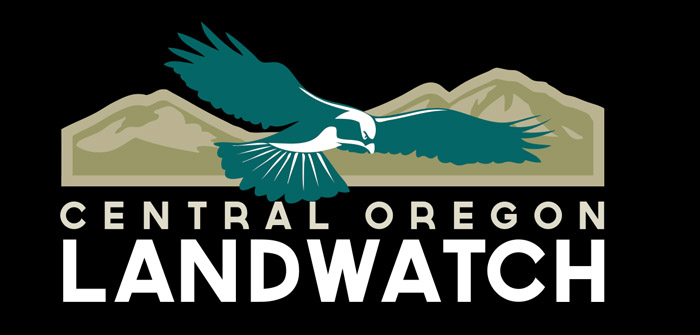The most critical decision-point for the future of the Deschutes River Basin was triggered when irrigation districts submitted a Habitat Conservation Plan (HCP) to the U.S. Fish & Wildlife Service. However, the plan put forth by the irrigation districts does not sufficiently address the scale of the River’s problem.
The HCP is a plan developed by the irrigation districts in Central Oregon to minimize and mitigate the effects of their operations on Mid-Columbia Steelhead, Chinook Salmon, Sockeye Salmon, Bull Trout and the Oregon Spotted Frog. If the HCP is approved by U.S. Fish & Wildlife Service and National Marine Fisheries Service, the districts will receive incidental take permits. These permits will protect them from potential liabilities associated the species listed under the Endangered Species Act, allowing them to “take” the species incidentally in the lawful operation of their businesses.
Tod Heisler spent the past 15 years as the executive director of the Deschutes River Conservancy and participated in three collaborative studies analyzing conservation strategies to meet both the needs of the river and the irrigators. Heisler, now Rivers Program Director for Central Oregon LandWatch, warns the community that, “the HCP put forth by the irrigation districts is woefully inadequate relative to the health of the River and the welfare of its fish and wildlife. It does not use the integrated solutions analyzed by the Deschutes Basin Study, solutions that could resolve water disparities better and more quickly than implied by the HCP.”
Since the completion of Wickiup Dam in 1949, the Upper Deschutes has suffered significant ecological decline. The once stable flow is now highly volatile, varying from low flows of 20 cubic feet per second (cfs) in the winter to flood-level flows as high as 1,800 cfs in the summer.
The sole driver of this unnatural fluctuation is the demands of six irrigation districts which require that virtually all of the water from the headwaters of the Deschutes be stored in the winter to be released in large volume during the growing season. The low flows dry the banks and weaken the riparian vegetation; the subsequent high flows uproot and wash away the vegetation critical to anchoring the fine volcanic soils of the streambanks, resulting in severe erosion and a river channel that is 20 percent larger than it was in its natural state. These highly volatile seasonal flows have decimated native fish populations.
A portion of the irrigation water in our region is used efficiently and for real agricultural output. Unfortunately, much of the water in Deschutes County irrigation districts is wasted. Despite climate change and threatened frogs and fish, there is no culture of conservation in these districts. Instead, irrigation district patrons are told to, “Use it or lose it,” use all of their water or risk losing it. But, in reality, there is very little risk in losing a water right and many ways to both reduce water use and protect the rights.
“Anyone who cares about the future of our beloved river should file comments during the public comment period that ends November 18, 2019” says Heisler.




